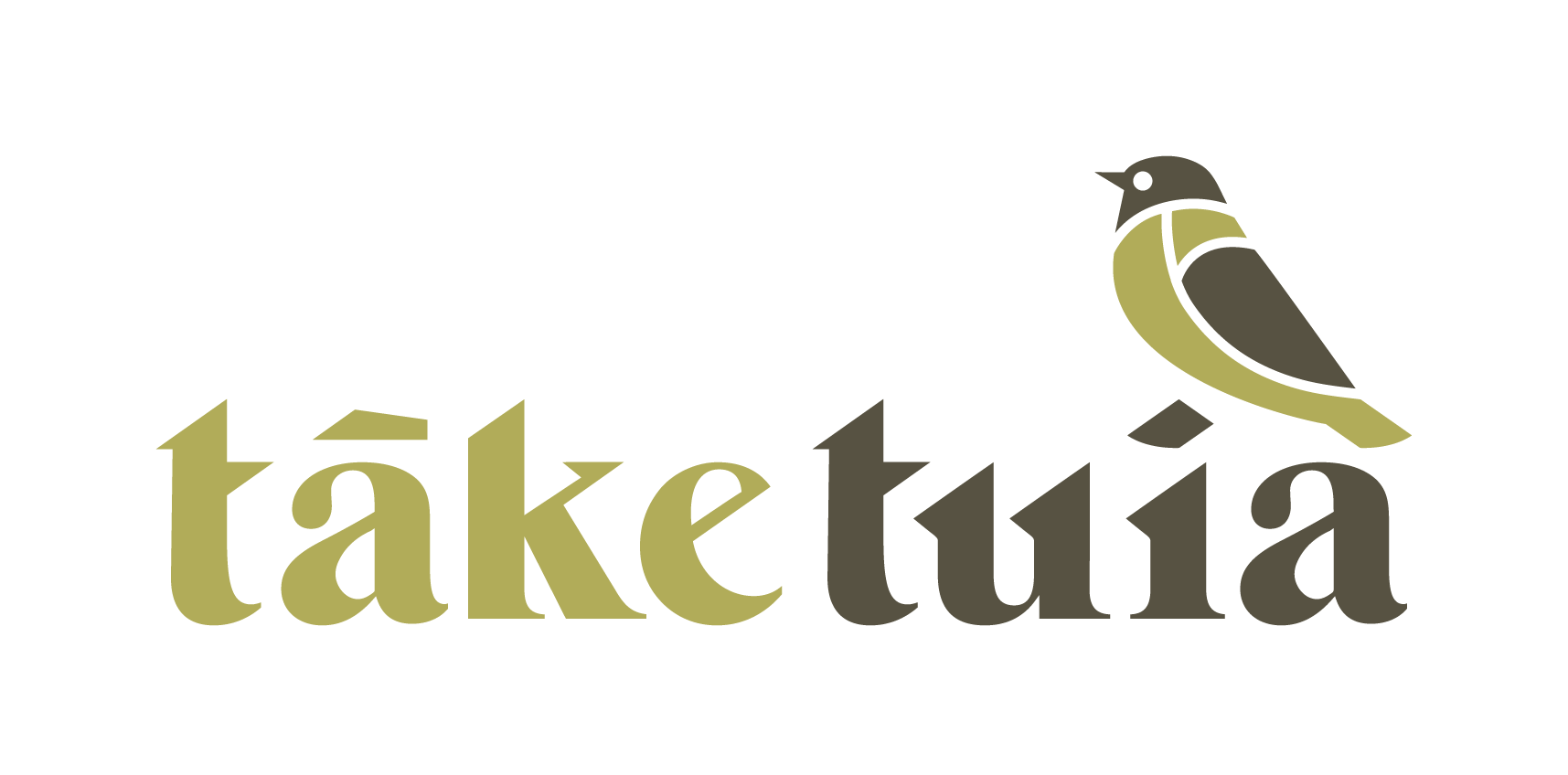The importance of cultural capability and getting the story straight.
Wanting to connect with your customers through Māori stories or Māori history? It pays to do the research to ensure the Māori narrative you are using is correct. Even better, seek advice from a Māori cultural consultant to learn and engage in a more authentic way. And as Queenstown has shown us, just because a story is well known doesn’t mean it’s the real thing.
A quick google for ‘Matau the giant” reveals endless references to Queenstown’s Māori legend of the ogre or taniwha who kidnaps a local princess, Matakauri. If you live in Queenstown or have visited on holiday, you will likely have been told the story of Matau by a tour guide, local business or read it in marketing material.
Is seeing a Māori story on Google or tourist brochures enough to make it authentic? Do you need to dive further? You only have to seek out Ngai Tahu’s 1998 Deed of Settlement for Lake Whakatipu as reassurance. The settlement recognises the story of Matau as a tradition, affirming Ngai Tahu’s manawhenua status in this area. Surely this must make it real. Surely this must make it an authentic Māori myth/pūrākau?
The story has even made its way into the geological storytelling of the area as a way to explain the curious tidal rise and fall of the lake. Lake Whakatipu experiences a phenomenon known as a seiche which causes its waters to rise and fall much like waves at the beach. It is said that after Matau was set on fire by the warriors of Matakauri’s village, all that remained was his heart. The hollow left behind from where his body had lay filled with water to form the lake. Matua’s beating heart remained, creating the rise and fall of the tide.
Getting the story straight: The importance of cultural capability
The reality is that none of the above are true.
It is the people of Moeraki who are the rightful owners (Manawhenua) of the story of a giant or taniwha named Kopuwai who dwelt in the confluence of the Lindis and Clutha rivers, and the Matau pūrākau forms part of their narrative.
So, how did this story come to Queenstown? For this, we can examine how a lack of cultural engagement and understanding of the connection between the Māori narrative and the land can set things in an entirely incorrect direction.
Over 100 years ago, a newcomer to Aotearoa collected Māori stories as part of his role as a Māori land register manager. He would then sell these stories. In 1915 the Reform Party was in Government and establishing a mandate of reform to make all 42 government departments self-sustaining. Unlike other departments, the Tourist and Health Resorts Department had very few assets at the time and struggled to fund themselves. The hot pools at Hanmer and Rotorua were stand-outs, but the department needed a way to entice tourists to other locations. Queenstown, perched on the shores of Lake Wakatipu, was identified as an area with potential.
The Tourist and Health Resorts Department contracted a freelance writer to create stories on the potential hotspots and lure tourists with wondrous tales. The writer was W.A. Taylor, who went on to author Lore and History of the South Island Māori. In this book, he explains how the Matau story came to be associated with Queenstown. While standing on the shores of Lake Wakatipu one day, looking for inspiration, he pondered the tidal activity of Lake Wakatipu, which locals had recently told him about. Wouldn’t it be good, he thought, if this water movement was due to the heartbeat of a giant? He recalled a story he had read about from a neighbouring area. And so, the dubious link between Queenstown and the sleeping giant began.
The characters’ names were changed from the original Moeraki version, and the burning of the giant to create the lake was added. Such an intriguing story was bound to be a hit, and the popularity of the story was such that it was unfortunately included in the Ngai Tahu Deed of Settlement. The tribal elders at the time, not wanting to stop or delay the treaty process, did not contest the accuracy.
A modern understanding of Māori narratives
So back to that Google search and the hundreds of websites retelling the story of the giant, each time making additions, changes or assumptions. In years gone by, no one thought to seek consultation from iwi on the real narrative for this area.
However, today we see some change in the way Māori narratives are addressed. And we see this here in the Whakatipu for Queenstown’s Māori stories. The young students in the Whakatipu grow up knowing that Matau is a fairy tale, not a pūrākau, and they know the difference between the two. Sadly, this is not always the case for businesses. Throughout Whakatipu, companies cling to this story and use it as a source of truth when engaging with the many visitors who arrive here every year.
As the authenticity of the story diminishes, businesses that continue to share this fairy tale risk having visitors question their use of this story and their understanding of Māori values and Māori narratives.
At Take Tuia, we want to empower our local businesses and organisations to engage authentically with iwi and Māori storytelling. As cultural consultants in Queenstown, we are knowledgeable in this area and happy to guide you through Māori narratives of the Wakakapi or assist with upskilling your team with Cultural Capability Training. Get in touch.
